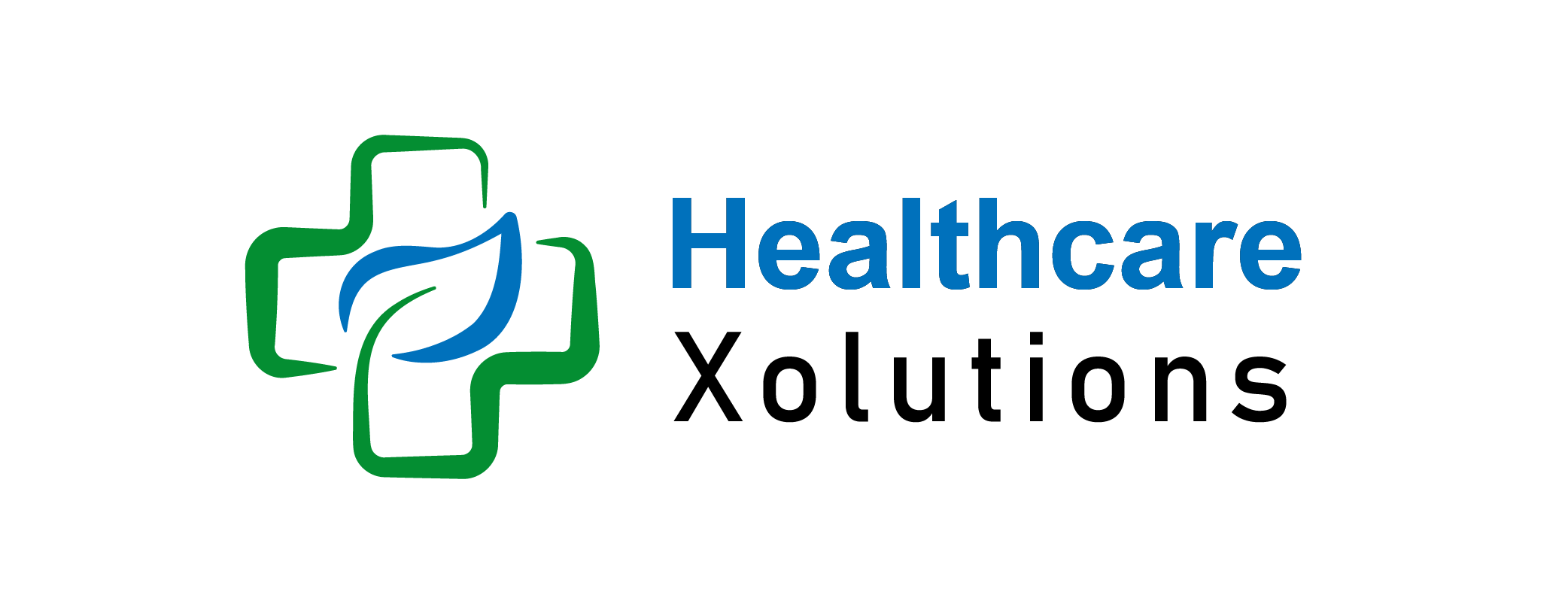What To Know About Coverage Limits In Dental Insurance | Complete Guide

Dental insurance plays a crucial role in managing the costs of routine checkups and unexpected dental procedures. According to the National Association of Dental Plans, over 74 million Americans have dental insurance, yet many are unaware of how coverage limits in dental insurance influence their out-of-pocket expenses. These limits cap the amount insurers pay within a set period, often leading to surprise costs if not understood.
This article explains coverage limits in dental insurance, including annual coverage limits, lifetime maximums, common exclusions, and offers practical tips to optimize your dental insurance coverage limits.
Key Takeaways:
- Coverage limits cap insurer payments, usually annually or by lifetime maximums.
- Annual maximums range between $1,000 and $1,500 typically.
- Exclusions often include cosmetic treatments and implants.
- Hidden clauses like waiting periods and LEAT can reduce coverage.
- Managing limits requires planning, early preventive care, and tracking expenses.
Table of Contents
What Are Coverage Limits In Dental Insurance?
Coverage limits in dental insurance refer to the maximum dollar amount your insurer will pay for covered dental services within a specific period, usually annually. When you reach this limit, you must cover additional dental treatment costs yourself until the coverage resets.
Why Do Coverage Limits Exist?
Dental insurance limits exist to keep premiums affordable and control insurer risk. Unlike general health insurance, dental plans typically impose limits to manage overall costs and encourage policyholders to plan dental care carefully.
Types of Coverage Limits In Dental Insurance:
1. Annual Maximum Benefit:
This is the total sum your insurer will pay for dental care annually. Typical annual coverage limits dental insurance range from $1,000 to $1,500, varying by plan. For example, if your annual limit is $1,500 and you’ve spent $1,200, a $500 crown will cost you $200 out of pocket.
2. Lifetime Maximum Benefit:
Certain treatments, especially orthodontics or implants, have a lifetime maximum. For example, orthodontic coverage might have a $2,000 lifetime cap; once reached, no further benefits apply.
3. Procedure-Specific Limits:
Many plans limit coverage frequency for services like:
- Two cleanings per year
- X-rays every six months
- Crowns replaced only every five years.
Common Exclusions In Dental Insurance:
Certain services are excluded regardless of limits, including:
- Cosmetic dentistry (whitening, veneers)
- Dental implants and advanced restorative procedures
- Pre-existing conditions such as missing teeth before coverage
- Replacement limits (e.g., crowns replaced within five years).
Hidden Clauses That Affect Coverage:
Beyond explicit coverage limits, hidden policy terms affect benefits:
- Waiting Periods: 6–12 months before coverage for major procedures starts
- LEAT (Least Expensive Alternative Treatment): Insurer pays only the cheapest acceptable procedure.
- Out-of-Network Penalties: Higher costs when using providers outside your network.
How Coverage Limits Affect Your Dental Care:
Understanding dental insurance limits helps you:
- Strategically plan major procedures to avoid unexpected expenses
- Maximize preventive care often excluded from limits
- Prevent large out-of-pocket costs after reaching annual maximums.
Tips For Managing Your Dental Insurance Coverage Limits:
- Review Your Policy: Examine Summary of Benefits for limits, exclusions, and clauses.
- Schedule Preventive Care Early: Maximize benefits by using cleanings and exams early in the year.
- Plan Treatments Across Years: Spread costly procedures across policy years to avoid caps.
- Use FSA or HSA Funds: Cover gaps with tax-advantaged accounts.
- Consider Upgrading Your Plan: For major dental work, a higher-tier plan may reduce costs.
- Use In-Network Providers: Minimize out-of-pocket costs by staying in-network.
- Track Spending: Monitor expenses to avoid surprises.
Conclusion:
Coverage limits in dental insurance define your financial boundaries for dental care, including annual maximums, lifetime caps, and procedure-specific restrictions. By understanding your policy’s dental insurance limits and exclusions, planning treatments strategically, and using available financial tools, you can maximize benefits and minimize out-of-pocket costs. Awareness and proactive management ensure coverage limits do not hinder your oral health.
FAQs:
What happens if I exceed my dental insurance coverage limit?
You pay 100% of additional dental costs until your coverage resets the next year.
Are preventive dental services covered without limits?
Most plans cover preventive care like cleanings at 100%, usually not counting against limits.
Can coverage limits change yearly?
Yes, insurers can adjust limits during renewals or plan changes.
Does dental insurance cover cosmetic procedures?
Cosmetic procedures like whitening and veneers are typically excluded.
How do lifetime maximums affect orthodontic coverage?
Lifetime maximums cap total orthodontic benefits paid; no benefits after the limit is reached.
Can I switch dental insurance mid-treatment?
Yes, but new plans may not cover ongoing treatments started with another insurer.
